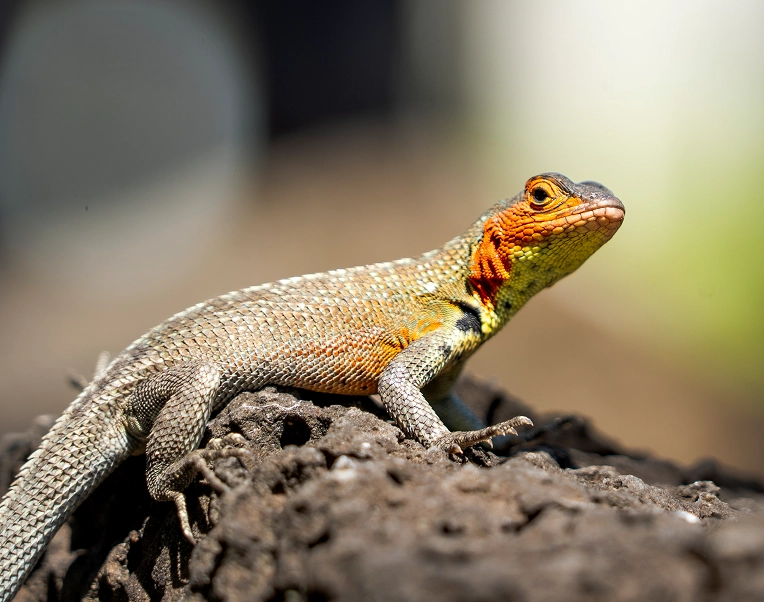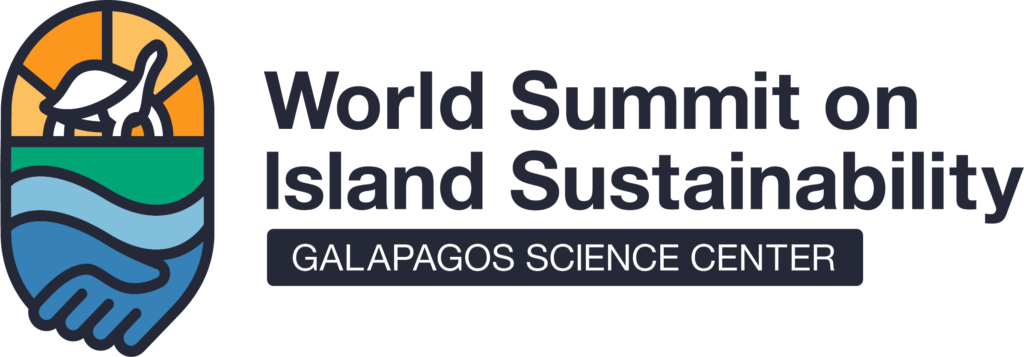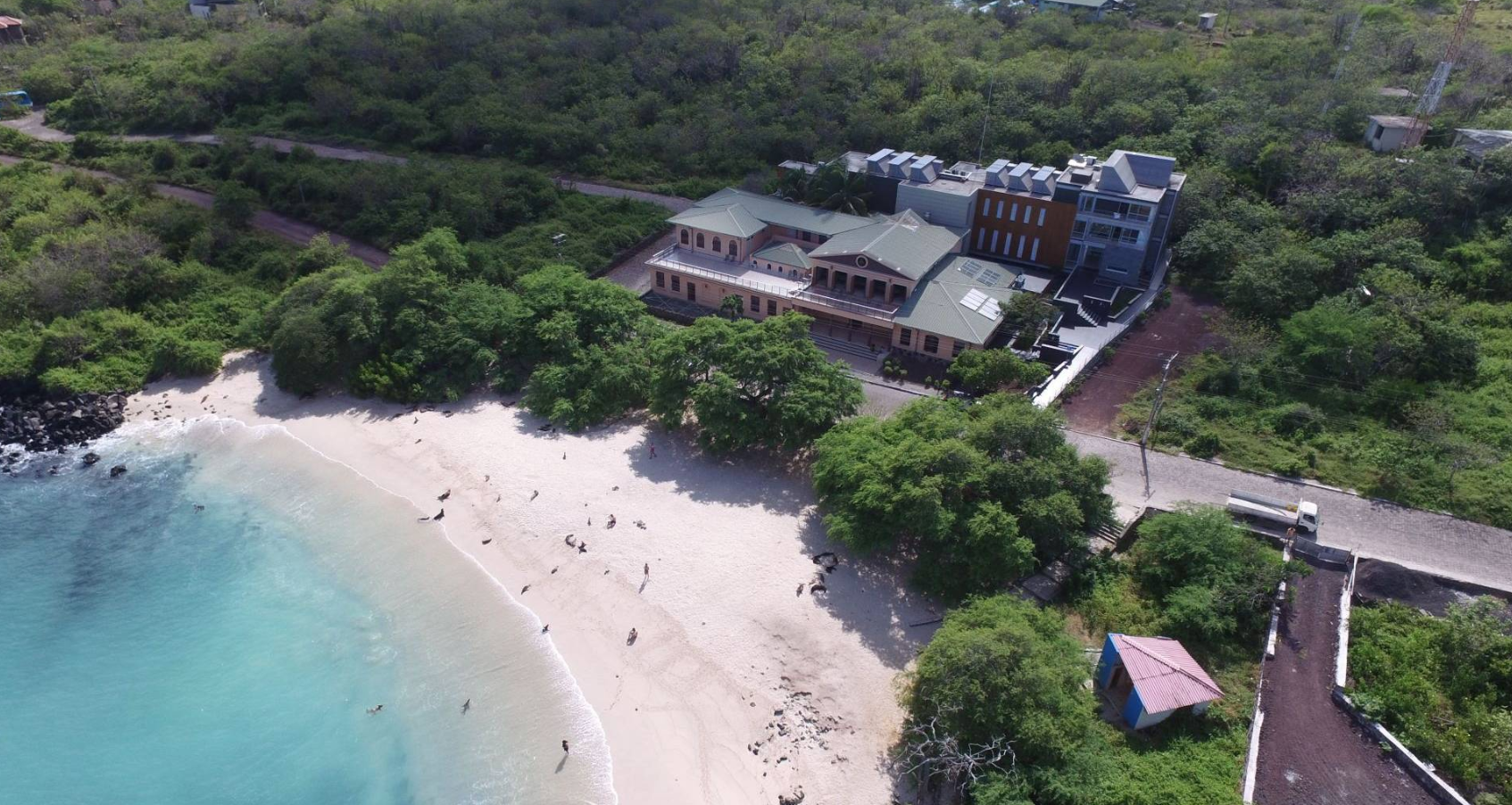Photo: Hammerheads Darwin Jonathan
El Galapagos Science Center (GSC) está ubicado en la isla San Cristóbal y opera una instalación de 20.000 pies cuadrados que reúne investigación, educación y vinculación comunitaria en un solo lugar.
El edificio alberga cuatro laboratorios especializados —Ecología Terrestre, Ecología Marina & Oceanografía, Microbiología & Biología Molecular, y Ciencia de Datos & Visualización— además de espacios colaborativos para investigadores, estudiantes y la comunidad local.
Cuatro laboratorios de vanguardia. Instalaciones de última generación. Una misión: ciencia para un futuro sostenible.
Foto: Greenpeace

Impulsando la investigación mediante la innovación y la colaboración

El Laboratorio de Ecología Terrestre apoya investigación ecológica fundamental e innovadora que es esencial para los esfuerzos de conservación y la mejora de la calidad de vida en el archipiélago y más allá.

Las actividades realizadas en el Laboratorio de Ecología Marina se enfocan en estudios ecológicos, biológicos y genéticos de diferentes poblaciones de especies marinas, tanto en mar abierto como en zonas intermareales de Galápagos.

El Laboratorio de Microbiología y Biología Molecular proporciona el equipo necesario para que los investigadores trabajen con diferentes muestras biológicas para estudios clínicos, microbiológicos y genéticos.

Ninguna instalación de investigación está completa sin las herramientas necesarias para rastrear, modelar y visualizar información y datos.
Más allá de los laboratorios, las instalaciones del GSC incluyen múltiples áreas diseñadas para fomentar la interacción entre científicos, estudiantes y comunidades:
La sala de reuniones conecta a los investigadores y personal del GSC con colaboradores científicos internacionales para impulsar la ciencia.
Cuenta con sistema de teleconferencia y monitor, incluyendo mesa de conferencias con capacidad para 20 personas.
20 personas
El salón comunitario es un espacio híbrido utilizado para cursos de estudio en el extranjero, proyectos de ciencia ciudadana o para difundir hallazgos de investigación a la comunidad local.
Cuenta con proyector, parlantes y capacidad para un máximo de 30 personas, incluyendo un área de patio exterior posterior.
30 personas
Donde la investigación se encuentra con la isla
Foto: Romina Cox

Sostenibilidad e impacto
Desde el inicio, el diseño y la construcción de las instalaciones del GSC fueron guiados por la sostenibilidad: el edificio está apoyado sobre pilotes para minimizar la alteración del suelo rocoso natural; una estructura metálica pregalvanizada fue construida fuera del sitio, reduciendo ruido y desechos; y los planes futuros incluyen paneles solares y reciclaje de aguas residuales.
Foto: Joshua Vela

Foto: Sofía Green
Únete a nuestra misión

In 2022, the Galapagos Science Center (GSC) and the broader UNC & USFQ Galapagos Initiative will celebrate its 10th Anniversary. We are proud to announce the World Summit on Island Sustainability scheduled to be held on June 26–30, 2022 at the Galapagos Science Center and the Community Convention Center on San Cristobal Island.
The content of the World Summit will be distributed globally through social media and results documented through papers published in a book written as part of the Galapagos Book Series by Springer Nature and edited by Steve Walsh (UNC) & Carlos Mena (USFQ) as well as Jill Stewart (UNC) and Juan Pablo Muñoz (GSC/USC). The book will be inclusive and accessible by the broader island community including scientists, managers, residents, tourists, and government and non-government organizations.
While the most obvious goal of organizing the World Summit on Island Sustainability is to celebrate the 10th Anniversary of the GSC and the UNC-USFQ Galapagos Initiative, other goals will be addressed through special opportunities created as part of our operational planning of the World Summit.
For instance, we seek to elevate and highlight the Galapagos in the island conservation discourse, seeking to interact with other island networks in more obvious and conspicuous ways to benefit the Galapagos Islands, the UNC-USFQ Galapagos Initiative, and the world. We will seize the opportunity to further develop the I2N2 – International Islands Network-of-Networks. Further, we wish to highlight and emphasize multiple visions of a sustainable future for the Galapagos Islands and we cannot do this alone. Therefore, engaging the Ecuadorian Ministry of Environment, the Ministry of Tourism, the Government Council of Galapagos, the Galapagos National Park, and local Galapagos authorities, including government and non-government organizations and local citizen groups, is imperative.

Borrowing from Hawaii’s and Guam’s Green Growth Program and the Global Island Partnership, we wish to examine existing global programs that emphasize island sustainability and their incorporation into life, policies, and circumstances in the Galapagos Islands. We will also seek to enhance our connections with the institutional members of our International Galapagos Science Consortium and expand the Consortium through the recruitment of other member institutions. We will also work to benefit islands and their local communities by working with citizen groups as well as important NGOs who seek to improve the natural conditions in the Galapagos and diminish the impact of the human dimension on the future of Galapagos’ ecosystems.
Lastly, we will use the World Summit to benefit UNC & USFQ and our constituencies through a strong and vibrant communication plan about the World Summit, creating corporate relationships as sponsors, identifying funding goals through donors, and benefiting our study abroad program for student engagement in the Galapagos Islands. We plan to develop and issue a Galapagos Sustainability Communique after the World Summit that includes the vision and insights of all its participants for a sustainable Galapagos with applicability to global island settings.
We are eager to hear your perspective and have you join us at the World Summit on Island Sustainability!